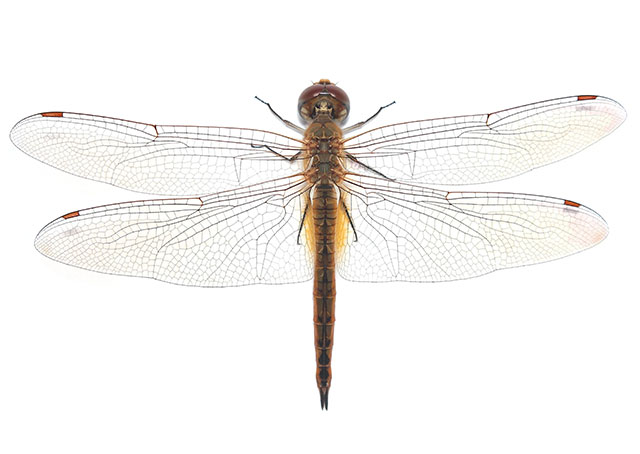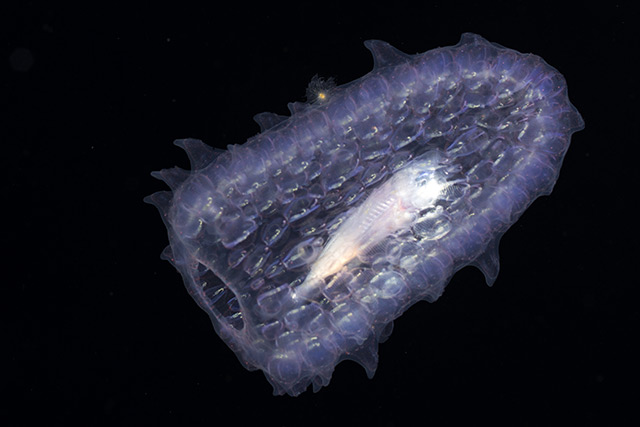In late January, Scott Tilley, was scanning the skies for hidden satellites. The 47-year-old electrical engineer in Canada and self-described amateur radio astronomer was on the lookout for a secret government satellite code-named “Zuma.” Instead of finding Zuma, Tilley uncovered something more extraordinary floating in Earth’s orbit: a National Aeronautics and Space Administration (NASA) satellite that has been missing since 2005.
First launched in 2000, the Imager for Magnetopause-to-Aurora Global Exploration (IMAGE) satellite was sent into space to collect space weather data. The IMAGE satellite’s mission was originally supposed to only be two years long. It exceeded all of NASA’s expectations, prompting the agency to extend its mission for several more years. Then in 2005, the IMAGE satellite abruptly ceased transmitting data. Several efforts were made to find the satellite but all of them proved fruitless.
Ultimately, it would be Tilley who would rediscover the IMAGE satellite. According to TheSpec.com, he first caught its signal on Jan. 20, 2018 but didn’t think much of it. Tilley came across it again while scanning for Zuma. A quick search revealed that the signal belonged to the allegedly dead IMAGE satellite. After reading the NASA report on the IMAGE mission’s failure, Tilley immediately got in touch with the agency. NASA confirmed his discovery a few days later.
“On the afternoon of January 30, the Johns Hopkins Applied Physics Lab in Laurel, Maryland, successfully collected telemetry data from the satellite,” wrote NASA in an update on the IMAGE satellite. “The signal showed that the space craft ID was 166 — the ID for IMAGE. The NASA team has been able to read some basic housekeeping data from the spacecraft, suggesting that at least the main control system is operational.”
Currently, efforts are being made to develop systems that can re-establish communication with the IMAGE satellite. If the satellite is brought back online and the instruments are still functional, then there’s a chance that it could return to service. Researchers are looking forward to poring over the data that the IMAGE satellite gathered during the course of its 17-year journey. (Related: The search for Earth II: Three new French telescopes are searching the stars for another planet like ours.)
Tilley himself has expressed a similar sentiment. “I really hope the scientists who built this thing and put it in space are able to repurpose this and put it back into action. And we get the benefit of all the beautiful science, coming home,” he said.
What happened?
As per the official NASA report, the most probable cause for the IMAGE satellite’s discontinued transmission was an “instant trip” that resulted in the craft’s power supply subsystems failing. NASA acknowledged that there may have been other explanations behind the disappearance, but they were less probable.
What NASA was certain of was that a deep eclipse could have brought the IMAGE satellite back to life. The IMAGE satellite is a solar-powered craft designed to reset its computer once the battery has been sufficiently drained. This is what the agency was banking on during an eclipse in 2007. It didn’t happen, and the satellite was thought lost.
As per independent astronomer, Cees Bassa, the 2007 eclipse may not have rebooted the IMAGE satellite’s computer, but another one did. Bassa estimated it occurring anytime between 2014 and 2016. “Most likely the battery efficiency degraded such over the IMAGE lifetime that during the less deep eclipses the battery drained sufficiently to lead to the reset and bring the transmitter aboard IMAGE back to life,” Bassa stated.
Remain updated on any up-and-coming news about the IMAGE satellite by going to Space.news.
Sources include:
DailyMail.co.uk
TheSpec.com




















